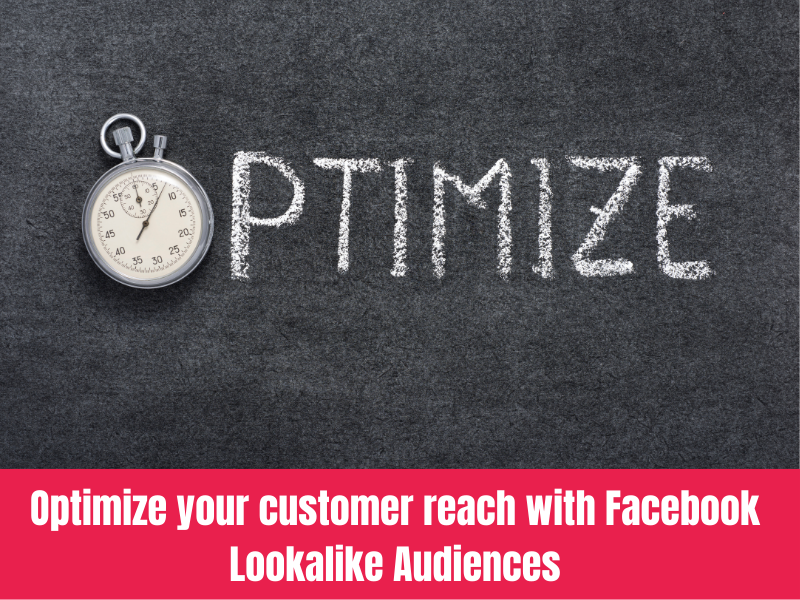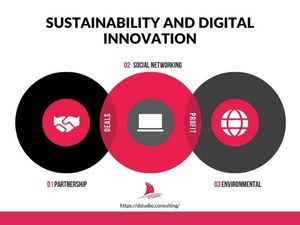What is that Instagram product tagging?
Many of you already know it. Many of you already use it. But some facts are always needed to be kept in mind.
First thing first – how do you set it up?
First, you will need an Instagram account, which you’ll have to set up for a business account.
Business account
Go to your profile and tap in the upper right corner.
- Tap Settings.
- Tap Account.
- Tap Switch to Professional Account.
- Tap Business.
But we would still suggest connecting it to your Facebook page.
Instagram and Facebook
- Go to your profile and tap.
- Tap Settings.
- Tap Account > Linked Accounts, then select Facebook.
- If you haven’t already, enter your Facebook login information.
- By default, your Instagram account will share with your personal Facebook> profile. To share to a Page instead, tap Share to and choose a Page that you manage.
Now you did the first steps of optimizing it for Product tagging so the next step on your journey should be setting up product tagging with these simple steps.
Linking it to Facebook will not only allow you crossposting stories but you will be able to replay, start messages and comment on Instagram from your Facebook – feeling cool yet?
*Pst Pst* Now you can write a whole essay to your virtual crush without tapping your phone for hours – We know that you will delete the text anyway, why not save time while doing it.
Product tagging
- Go to your profile.
- Tap the Get Started alert at the top of your profile.
- If you don’t see the alert in the image above, tap options or the gear wheel.
- Tap Products.
- Tap Continue.
- Select a product catalog to connect to your business profile.
- Tap Done.
So this is your recipe to your eternal Instagram sales glory, … or is it?
Well, it will help you but isn’t granting you a 1000% increase in sales, but will probably set you in front of some of your competitors.
What do I gain with setting this up?
“A typical Shopping on Instagram post has a 0.1% conversion rate (right now we don’t have stats on this, so I’m using a lower-than-average e-commerce conversion rate) and you have 1,000 followers, you’ll make 1 sale per tagged post. But if you have 25,000 followers, you’ll make 25 sales with every tagged post, assuming the same conversion rate.” – From Aeloida
This is quite good considering no money was spent on this campaign/post, but some companies are reporting us even higher numbers on what Instagram shopping is doing for them – “Brands Report +1,416% Traffic, +20% Revenue”. – BigCommerce.
But keep in mind that Instagram won’t work if your product is best of its kind.
Why?
Our eyes drive us into impulsive buying!
Going back to the basics, Instagram is a visually-driven social media platform – so your triggers need to be visual. Great posts will work as a stand-alone sales trigger when an ugly picture with a product tag probably won’t.
So what are our guidelines for creating an efficient post?
- A sharp and clean Instagram account that has a story through its whole library
- Stick to max. 2 filters if needed. (Don’t mix too many of them)
- Lifestyle works great with everyday products
- Sample pictures can be boring and not emotional enough to trigger.
- Have a time schedule for the post (A/B test hours that work for you)
- Don’t spam – We get that you want to show every great thing you are providing but no one wants to see that cluster of information presented in a feed takeover by one Instagram account.
- Collaborate with people using it, it’s the best way to express its everyday pros.
- And the all-time winners – Reviews, well we know that you don’t have those on the Instagram post but comments work the same way, so try and get a returning and engaging clientele, that will help you gain more customers.
- The last one could be written into the bible of marketing, don’t Sale BS.
So this would fulfill your journey from writhing love essays easy to being Instagram god – well not quite but you’ll be able to brag to your grandad that you know how to set up Instagram product tagging.
Is there something that interests you even more on this topic?
Reach out, we would love to hear from you!
Please, don’t write to us Love essays – bosses get jealous.










